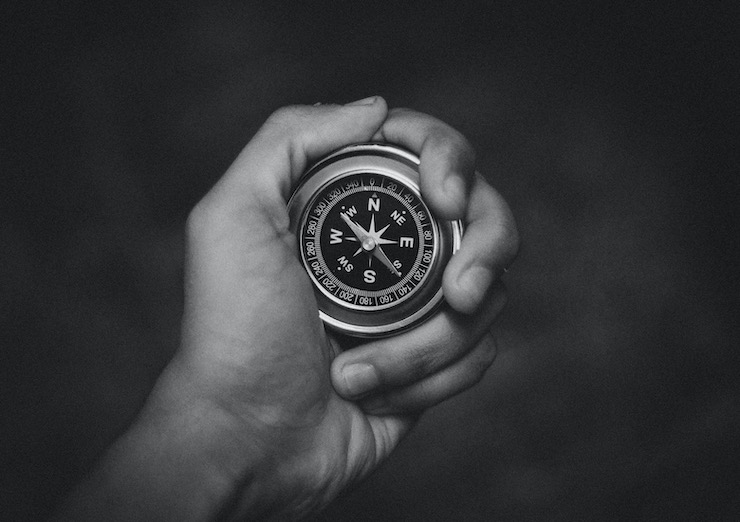
Finding and saving lost or missing persons, including those displaced by humanitarian disasters, is one of the most poignant and emotionally satisfying missions that drones can perform in our world today. Equipped with high-powered thermal imaging cameras that can identify humans in the dark based on their heat signature alone, drones have made it possible to conduct aerial search-and-rescue (SAR) operations over vast, sometimes inaccessible terrain, and typically in a fraction of the time that it takes human field teams and helicopters to perform these same missions. Drones sharply reduce labor costs while eliminating wasteful expenditure on non-sustainable fuel; and first-responders are less likely to get killed or injured while attempting a precarious rescue.
As UAVs continue to proliferate, the number of successful drone SAR missions is growing, too. DJI, the world’s leading drone designer and technology provider, maintains a running tally of successful SAR operations in which its own drones were deployed and a successful human rescue occurred. What does the data show? To date, more than 650 SAR missions have been conducted in 39 different countries resulting in 1,002 individuals rescued. The data doesn’t distinguish between operations mounted by public safety organizations and official first-responders and those conducted by recreational flyers or drone hobbyists — but it’s clear that both groups can play a crucial role – independently for the most part, but in some cases, operating in tandem.
DJI not only keeps tabs on successful drone rescues but also maps and records them with pertinent details on the context and actual mechanics of the rescues. Its “Drone Rescue” website makes for compelling reading.
Where have most rescues occurred? Roughly half or 50% in North America (about 50%) – in part, because this region also dominates the global drone market. Europe accounts for roughly 30% and Asia, about 13%, followed by Latin America at 4%. In some parts of the world – those with vast wilderness areas popular with tourists – search-and-rescue teams have operated for decades — only now they’re deploying drones. Their success rate is growing, too.
A good example is the Croatian Mountain Rescue Services (HGSS) which has been rescuing local residents and tourists alike for well over six decades. Since 2013, the HGSS has counted on its newly acquired drone technology to perform more comprehensive aerial searches, allowing its field rescue teams to spot more potential victims and to rescue them more quickly. HGSS reports a reduction of 30 minutes in its average search times – expanding the survival rate for buried avalanche victims especially. The team currently has 40 drones and 49 pilots at its disposal and is constantly recruiting and training new members as its SAR technology evolves.
SAR drone missions aren’t just expanding in remote locales. A growing number of urban police departments have acquired their own specialized SAR drones in recent years – and their track record of success is mounting, too. Barely a week goes by without a fresh media report about a lost or missing hiker threatened with exposure to the elements who was promptly rescued by a police drone, usually at night. Many times these rescues occur within hours or even minutes of a drone launch, reducing the likelihood that a missing person succumbs to hypothermia, animal attacks or death,
It turns out that police SAR drones have another important use: tracking criminal suspects who may be hiding but still visible to a thermal imaging drone. Having an “eye in the sky” allows law enforcement to get a better view of the scene and to calibrate their application of force; casualties among suspects and first responders can be minimized.
Which drones are best for SAR? After well over a decade operating in the field, drone teams have identified specific models that seem to perform optimally. One is the DJI Mavic 2 Enterprise Advanced, which comes with thermal and visual cameras, centimeter-level positioning and a 10 kilometer HD transmission capability. Another is the RTK 300 Matrice which is perfect for conducting remote aerial surveillance to gather the situational intelligence needed to plan and monitor a rescue. DJI also offers attachments like microphone and speaker systems for communication with trapped victims. Other SAR drones can carry and drop emergency supplies, including blankets, food, water and cellphones. There are even drones being equipped with ground-penetrating radar.
SAR drones don’t necessarily operate alone. Rescue missions are typically carried out by ground teams with support from one or more small aircraft. But as air cargo and passenger drones continue to evolve, even these missions may soon fall to drones. One day an entire SAR rescue operation might be managed by a single remote pilot coordinating the operations of multiple air and ground vehicles. It’s a wonderful illustration of how drones can foster human survival through enhanced efficiency, sustainability and safety.
|